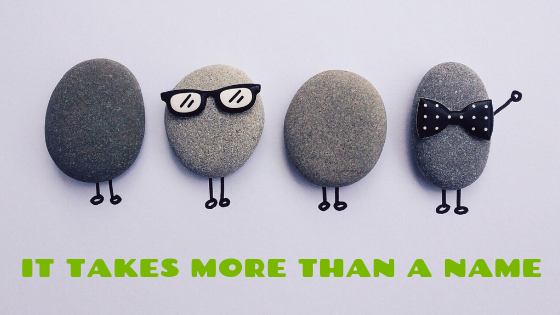Everyone knows that tailoring the customer experience to an individual’s preferences delivers a more satisfying interaction for the customer and builds brand loyalty. This holds true for print communications too.
Personalization in print used to be including a customer’s name in the piece. We’ve moved well beyond that today. Print personalization is much more advanced thanks to the evolution of data collection and digital printing technology.
By applying tactics to print that traditionally have been used in digital communications, brands can create materials that are more relevant, responsive and measurable. A new name for this type of marketing has even emerged—data-driven print.
Print is already a great medium for getting attention. Personalization builds on that strength. Research indicates that consumers are more than three times as likely to buy from a brand they’ve previously bought from than from one they don’t know. By personalizing materials, brands can remind customers that they have an existing relationship. This approach strengthens the relationship even more and makes customers feel valued.
Personalization can take on many different forms. Previously, personalization was limited to text. At this point, colors and even visuals can be tailored in a piece based on customer data. By personalizing visuals, you can increase your connection with a customer since visuals are usually the first thing that grabs attention in print.
Incorporating personalization into your campaigns will increase their effectiveness because more relevant print definitely increases engagement. This is incredibly valuable in something like direct mail, which has recently been one of the top channels for acquiring and retaining customers.
To be able to personalize print successfully, brands need to have access to a solid set of customer data. You can customize print based on data such as purchase behavior, product preferences, customer demographics and even web browsing history. Brands that have acquired more customer data points have more customization options open to them.
The benefits of personalized print make it worth the effort to grow a customer database instead of relying on purchased lists. Buying lists will never give brands the specific types of data that make print communications most relevant. Brands will achieve better response rates and increased ROI by collecting their own data and using it to build personalized customer experiences.



Leave a Reply